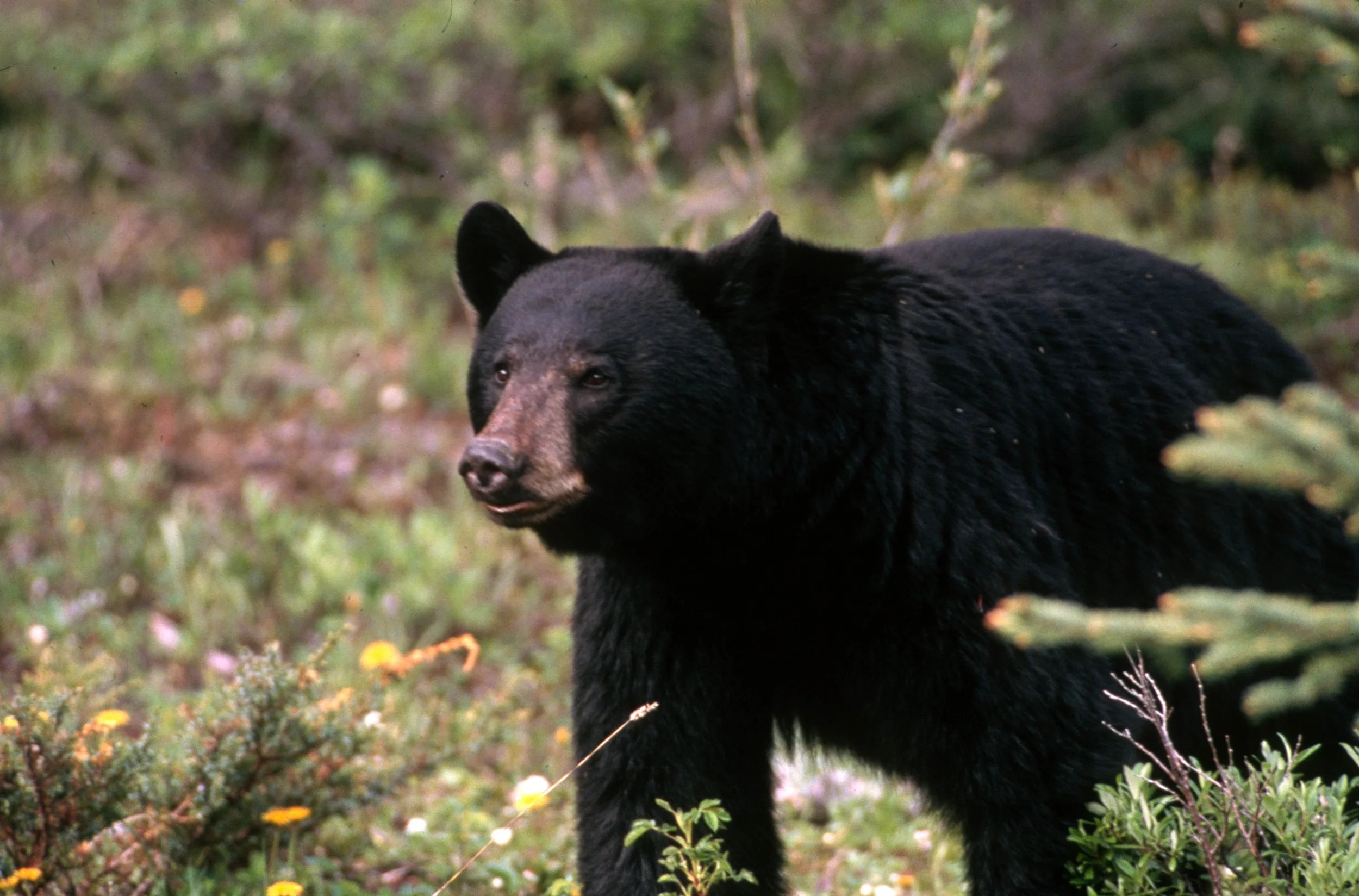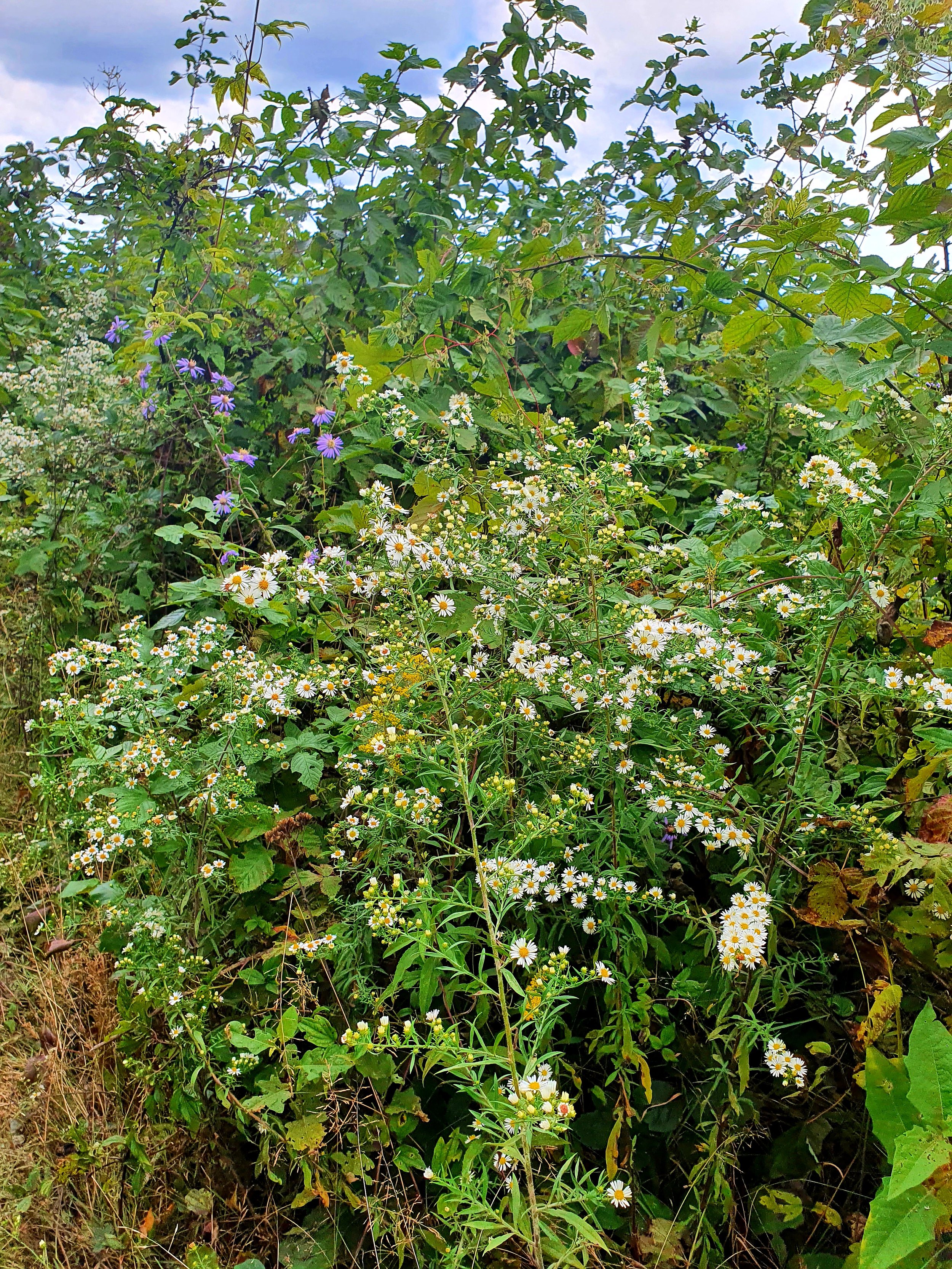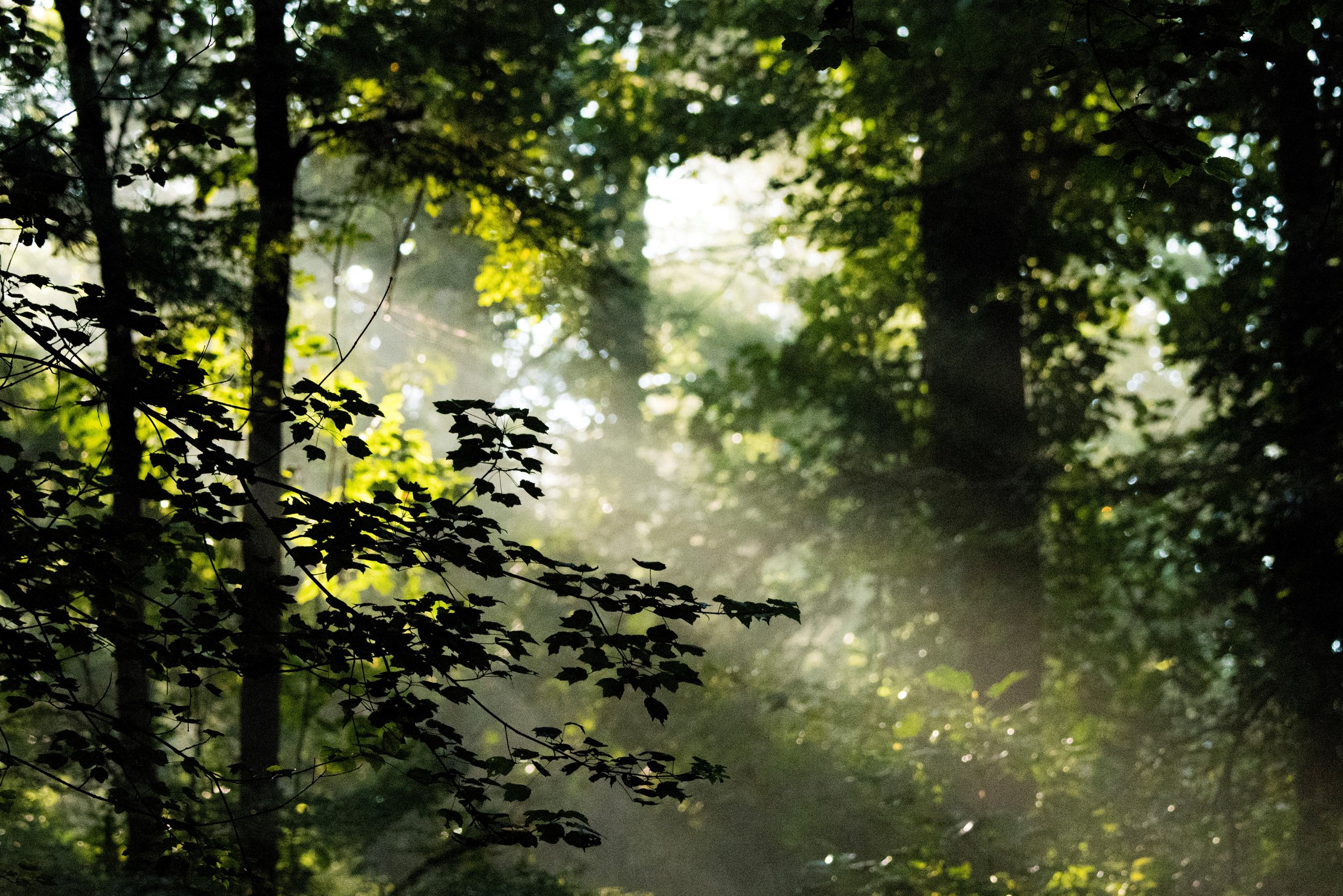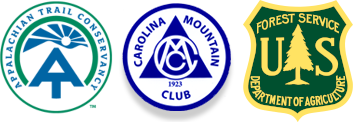
Max Patch Ecology
Prior to being cleared for pasture in the early 1800s, Max Patch was predominately northern hardwood and oak/rhododendron forest. Today, remnants of these forests remain, but the area is mostly comprised of native perennial grasses, wildflowers and pasture grasses.
Max Patch is a crucial habitat for many bird species. It is located on the NC Birding Trail and is a designated Important Bird Area by Birdlife International. Many species, such as the golden winged warbler (which has experienced a 98% population decline in the Southern Appalachians since 1966), build their nests on the ground in dense patches of vegetation. This makes staying on trails and following signs at Max Patch critically important, as going off trail and venturing into closed tracts of land can disrupt essential bird nesting and feeding areas.

In addition to the golden-winged warbler, many other birds make their home at Max Patch, including:
Northern bobwhite quail
Field, barn and rough-winged swallow
Ruffed grouse (pictured bottom right)
Golden eagle
Least flycather
Chestnut-sided warbler
Pictured: Monarch Exhibit at National Pollinator Festival (USFS)
Max Patch is also an important stopover for monarch butterflies, which have seen a massive reduction in population size over the past few decades.
In order to protect and enhance this essential bird and pollinator habitat, the U.S. Forest Service, U.S. Fish and Wildlife Service, Carolina Mountain Club and Appalachian Trail Conservancy have worked collaboratively to plant thousands of native grasses and wildflowers. These not only help native wildlife and plants flourish, but also improve the natural beauty of the area. Other wildlife that may be seen at Max Patch include elk, black bear and bobcat.





All images on this page courtesy of USFS


